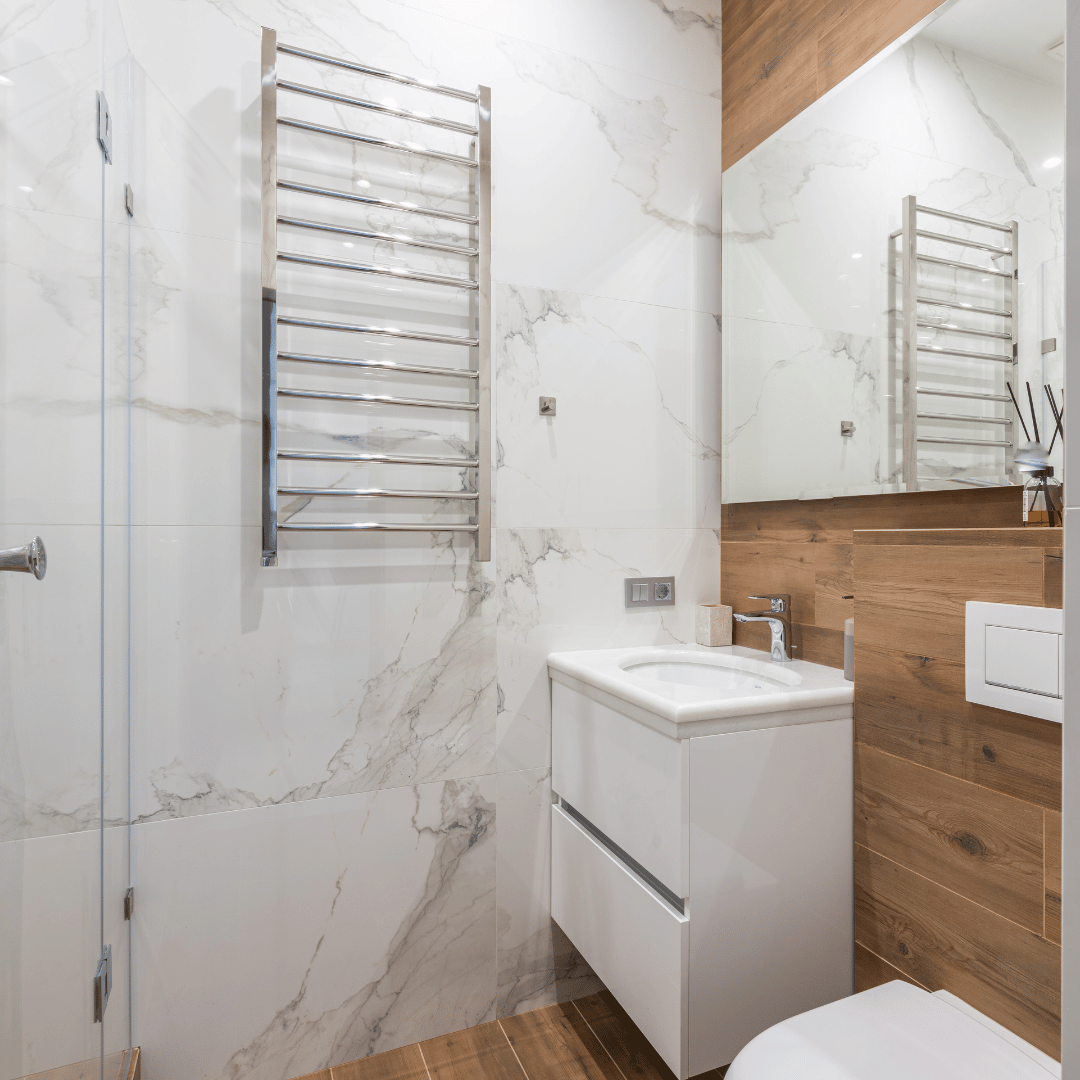
Radiator Valves: The Essential Component of Your Heating System
Radiator valves are a must-have component of any home heating system. As the name suggests, they are valves that control the flow of hot water or steam from a heating boiler to the individual radiators in your home. In addition to being incredibly important for providing warmth and comfort during cold weather, radiator valves are also used for controlling energy consumption and efficiency, as well as for venting or draining hot water or steam.
When purchasing radiator valves, there's a range of different types to choose from. Manual valves are the most common, and they are typically operated with a small wheel or lever. Manual valves are usually very easy to use and maintain, but they also carry the risk of being accidentally turned off, meaning that your radiators may not heat up when you want them to.
Automatic valves are an alternative to manual valves, and are typically used in larger-scale heating systems. These valves are connected to a central control system and can be programmed to control the flow of hot water or steam to individual radiators. They are great for maintaining a consistent temperature throughout your home, but they also require a great deal of technical knowledge to install and maintain.
In addition to manual and automatic valves, there are also thermostatic radiator valves. These are ideal for controlling the temperature of individual rooms, as they are connected to a temperature sensor that detects the outside temperature and automatically adjusts the flow of hot water or steam to the radiator accordingly.
Finally, there are also safety valves, which are designed to prevent the system from overheating. These prevent the pressure in the system from getting too high, and are usually installed near the boiler or on the outlets of the radiators.
So, there you have it – the essential components of your home heating system. Radiator valves are an integral part of keeping your home warm, and also for controlling energy consumption and efficiency. With these types of valves, you can stay comfortable, save money on energy bills, and avoid any major issues with your system.
